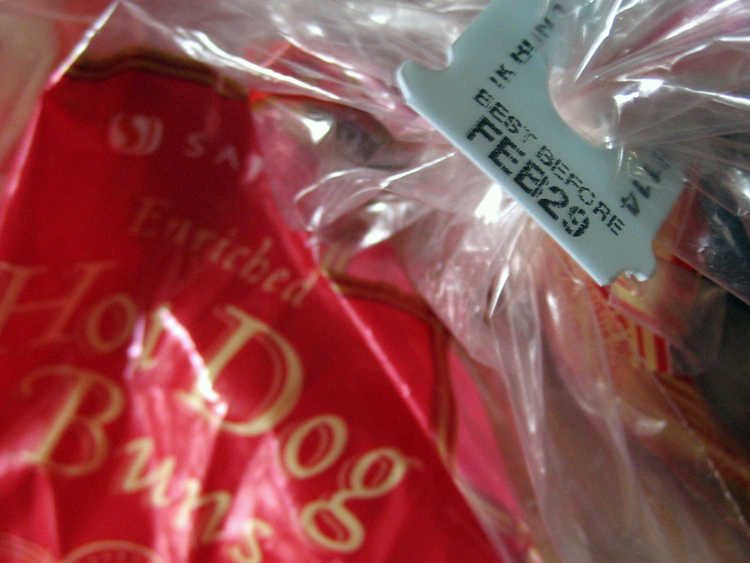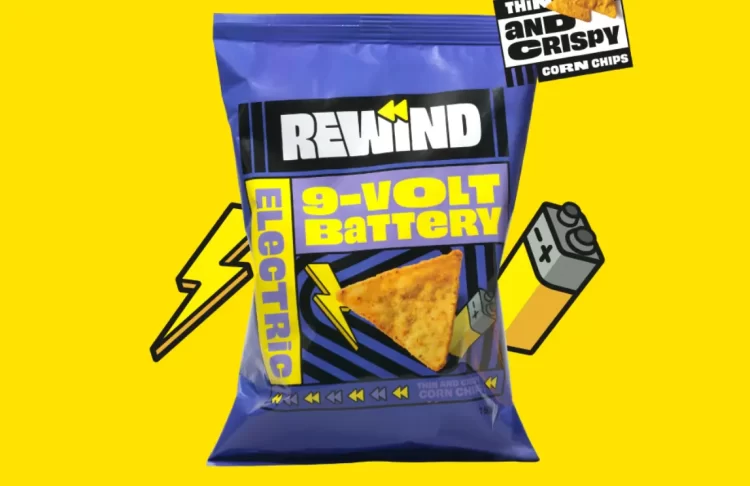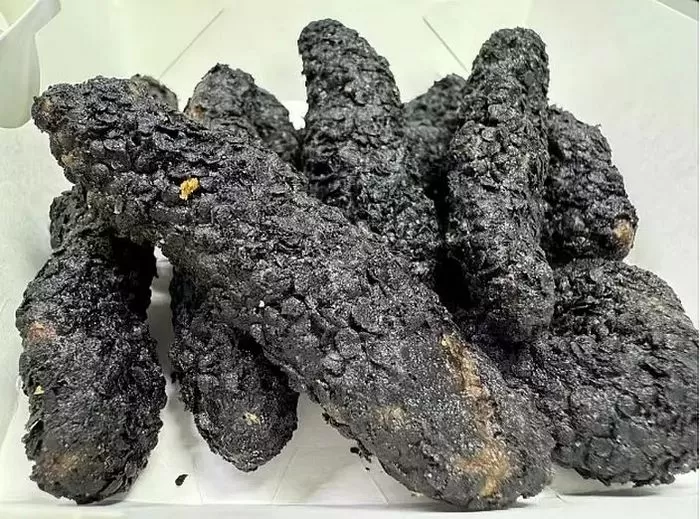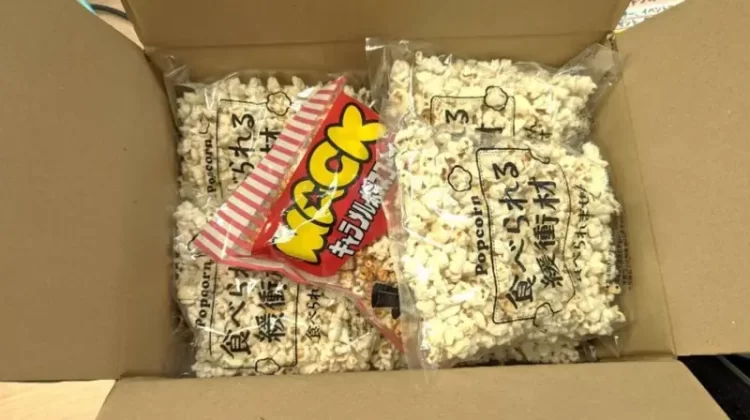A Maryland man trying to raise awareness about the confusing nature of expiration dates on consumer products ate expired food for a whole year and lived to tell the tale.
Scott Nash got the idea for his unusual experiment began three years ago, when he did something most of us wouldn’t even consider – he ate a yogurt that was six months past his expiration date. The “staunch environmentalist” and owner of MOM’s Organic Market, a D.C.-are grocery store chain, had forgotten the yogurt in the fridge of his old cabin in Virginia in the Spring and only found it again when returned in the Fall. By that time it was already half a year past its expiration date, but that didn’t stop him from mixing it with his smoothie and chugging it down. It didn’t taste funny and he didn’t experience any health problems after consuming it. That got him thinking about the way companies use expiration dates nowadays.
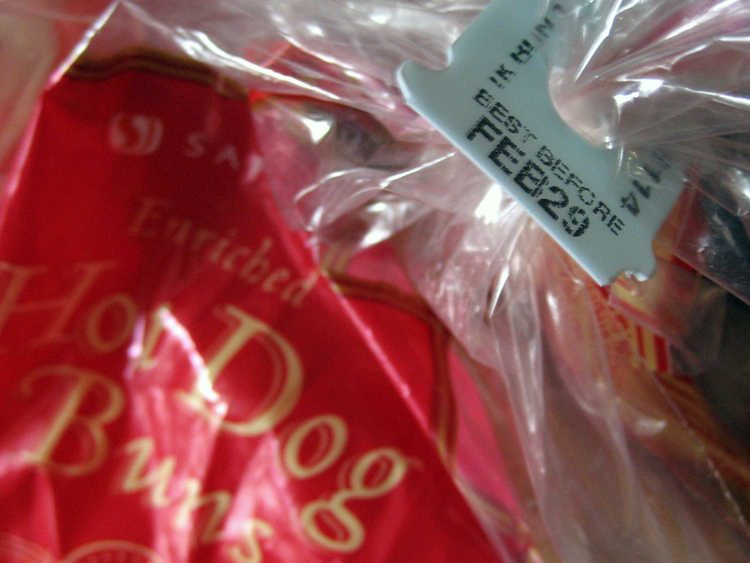
Photo: Bando26/Wikimedia Commons ( Creative Commons Attribution-Share Alike 3.0 Unported)
“They are very vague. What does ‘expire’ mean? There is ‘best by,’ there is ‘sell by,’ ‘best if used by.’ I just think that there is no consistency, and that it is creating confusion,” Nash wrote in a blog post. The Food Product Dating system for food (and non-edible goods) needs to be revised. Consistency in labeling (use one term for quality such as ‘best by’ or ‘for best quality, use by’ and another term for food safety such as ‘expires by’) would create clarity. And these dates need to be set to match reality. Some items don’t need a date at all – like salt, canned goods, and baby wipes.”
During the year-long experiment Scott Nash and his family ate anything from tortillas that were a year past date, yogurt that was seven, eight or nine months past date, meats that were weeks past their expiration dates, and heavy cream that was a few months past the dates stamped on its label. At one point, he even used the butter that had become moldy after being left for months in the fridge. He just scraped off the mold, and used it for cooking. And everyone was fine.
Nash admits that some foods do go bad and have to be thrown away, but there are better ways to tell than checking the expiration date on the packaging. If something looks, smells or tastes funny, you probably shouldn’t eat it, but most people suffer from something Nash calls “consumer anxiety disorder” which makes them discard perfectly good products just because of an arbitrary date.
“Some stuff is damaged, and that’s legitimate, and some stuff really does go bad. But a lot, most of the food that gets discarded is due to these arbitrary and confusing dates,” the Maryland entrepreneur said.
On his blog, Scott gives examples of paradoxical expiration dates on products like 250-million-years-old salt that allegedly expires in 2020, canned and bottled foods that should actually good for decades, if not more, but have suspiciously short expiration dates, baby wipes, toothpaste, etc.. He also warns readers about “Planned Obsolescence”, a strategy that corporations use to encourage consumers to throw away perfectly good products, so they buy new ones.
“It’s gotten so out of hand, it makes me wonder about the integrity of the manufacturers- they will slap a date on just about anything these days. “Planned obsolescence” by corporations and entire industries is real. When we throw a product away, corporations profit,” he writes.
Interestingly, FDA, researchers and the grocery manufacturing industry generally agree that clearer package-date labels would help reduce food waste, but there is currently no federal law regulating expiration dates, so manufacturers can stamp whatever they want on them.

